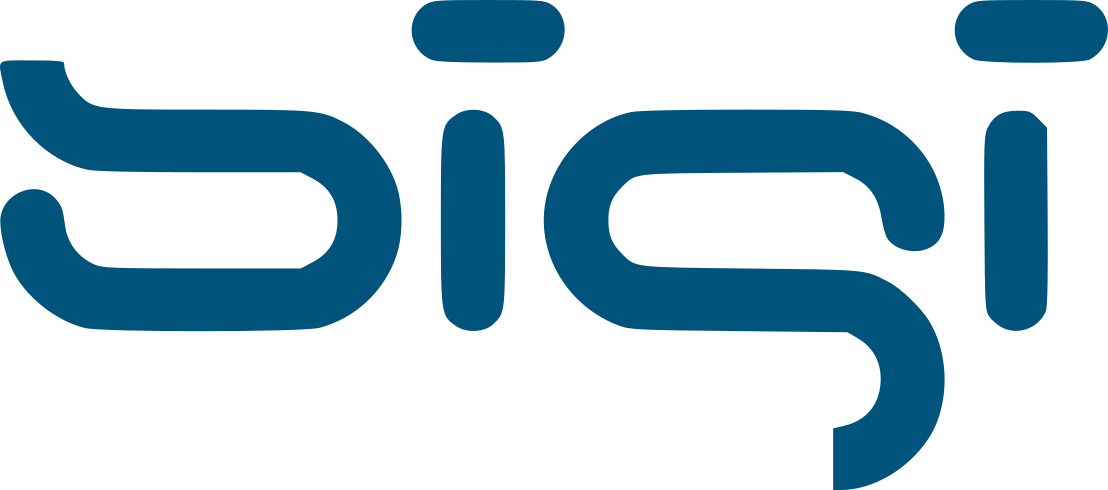You are probably wondering how this creature may relate to your digital infrastructure and applications. Well, let’s have a look at how some of the following points are to you:
- Your IT and digital equipment consist of a collection of sewn-together parts that are not (always) compatible and regularly showing some unpredictable behavior
- You are managing multiple vendors, with the lines of responsibility between them becoming more and more unclear and you are losing sight of rising licensee costs
- Your support is handling a disproportionate amount of customer service calls
- Your staff has to rely on several management systems in order to keep track of your information related to projects, customers, suppliers, …
The acquisition of a solution basically is not solving your problem.
If you recognize some of the above mentions pain points in your organisation, it is very likely that it suffers from the so-called “Digital Frankenstein syndrome” (DFS). The main effect DFS has on your administration is that it paralyzes all forward movement and innovation.
You may wonder how this syndrome is developing among organizations? Usually, it is the result of a series of problems occurring when organizations/administrations continuously seek shortcuts or quick fixes done with multiple vendors to keep their business running. Decisions are mainly driven by reaction rather than strategy, as a digital strategy simply does not exist. In addition, very often a lack of documentation of the software installations and decisions is being witnessed, ultimately leading to further problems when crucial employees leave.
The environment of an administration is especially susceptible to the DFS syndrome, as their technical decision-makers are particularly in the focus of IT suppliers. Due to time-limited mandates and the complexity of the topic, the deciding factors for the political decision-makers are often tactical, namely time and price, rather than focused on the reflection on a long-term, sustainable digital strategy for their administration.
However, the good news is that there are strategies and solutions on the market to address and improve your situation.
Technology isn’t the monster
The ideal approach for killing the DSF syndrome over time is the reflection and implementation of a digital transformation strategy or, at the very least, a digital improvement strategy. Based on my experience, I can recommend to follow a certain number of rules during the implementation of your strategy.
Ensure the consolidation of multiple SaaS offerings into a single multi-solution platform which is extensible and has APIs. The fact of having multiple vendor solutions bears the inherent risk of non-system operability. This leads to an – avoidable – increase in time and cost of your initial set up, not to mention additional maintenance and training costs. A key to access and collaboration is to avoid data siloes in your organization. Think about a single source of truth in terms of data.
Invest in digital champions in your organizations, who understand your processes and could act as your internal ambassadors in your digital transformation journey.
We have the ambition at SIGI to ensure that all our applications are working in tandem with each other, according to the latest interoperability standards. That’s why the proposed solutions to our clients should make them independent from commercial providers.
Furthermore, our business applications are designed with the aim to consider a process from A to Z and to provide immediate and clear insight into big-picture objectives. We rely on open source solutions based on low code programming for the development of our administrative platforms, such as our government platform SIGINOVA. It follows an inter-administrative approach, not only promoting the collaboration of applications and processes within an administration but also between national institutions as well as third parties. Furthermore, the scripting language used in SIGINOVA allows a high-level of flexibility, thus ensuring the continuous evolution of the platform and its adaptability to various environments.
We are helping our customers to get a holistic view of their digital challenges and accompany them with our expertise on their digital transformation journey. We have developed a proven methodology for administrations willing to develop a sustainable digital transformation: in a series of interviews and workshops, we help our customers to recognize their true needs, analyze on how to overcome barriers, lead change and develop a strategy tailored to their needs. The obtained results build the base for the co-creation of SIGINOVA application and services.
Living the spirit of the sharing economy, we are also convinced that cross-border collaboration is not only beneficial for the further development of the Luxemburgish administration platform SIGINOVA, but it is vital in fostering its innovative evolution. This will benefit SIGI, our municipalities as well as our national economy.
I am persuaded that thanks to the central setup of SIGI in charge of 101 Luxembourgish municipalities (out of 102), the latest SIGINOVA government platform is going to meet the rising digital needs of administrations and is contributing intrinsically to eliminate existing digital Frankenstein syndromes.
